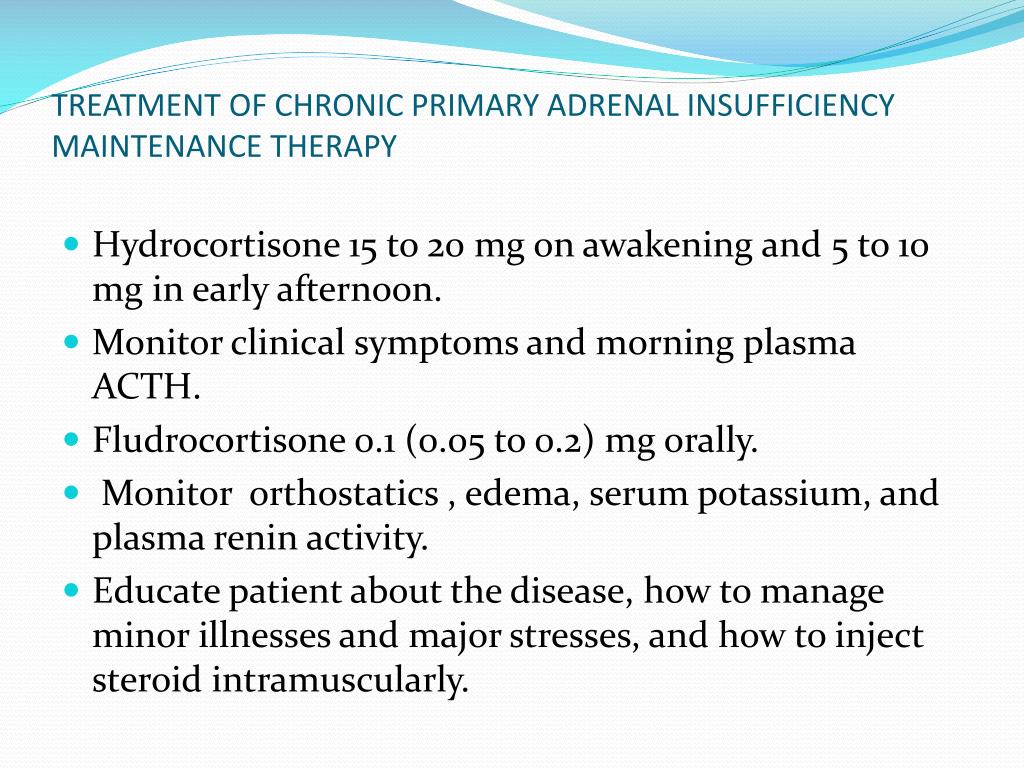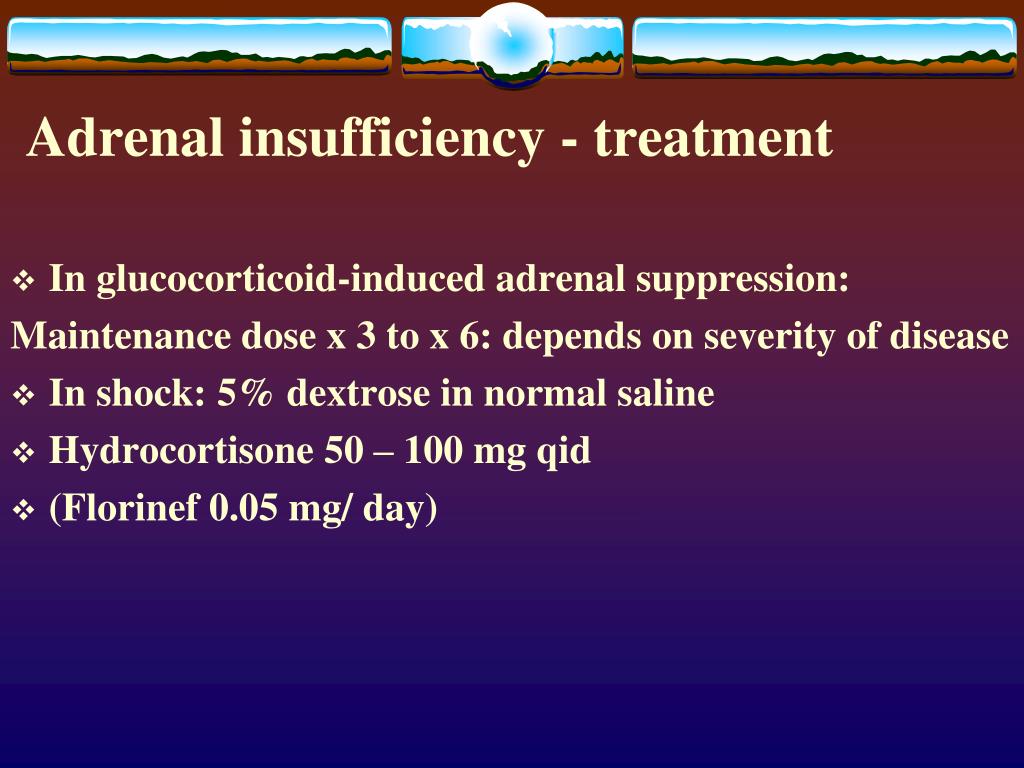
Type 4 renal tubular acidosis is characterised as a hypoaldosterone state, and should be considered in any patient with persistent hyperkalemia in whom there is no obvious cause such as renal failure or the use of potassium supplements or a potassium-sparing diuretic. These are typically associated with aldosterone deficiency (from adrenal gland insults or enzymatic defect) or lack of aldosterone action (resistance or blockage from medications). These are very non-specific and can mimic a gastrointestinal disorder like celiac disease or a psychiatric illness, especially depression.Īlthough a list of hyponatremia etiology is extensive, when hyponatremia occurs simultaneously with hyperkalemia, acidosis and volume depletion, there are only few conditions explainable by this combination. What other disease/condition shares some of these symptoms?Ĭhronic AI can present with ill-defined fatigue and generalized muscular weakness. Hyperpigmentation, hyperkalemia and metabolic acidosis were found to be common (>90% of the cases) in primary AI when hypoglycemia was a prominent finding in secondary AI. Patients with chronic AI usually present with chronic fatigue, anorexia, nausea, vomiting, anorexia, weight loss, poor weight gain and recurring abdominal pain. Altered mental status may occur at any age. Hypoglycemia is most common in young children.

Patients with acute adrenal insufficiency (AI) or Addisonian crisis generally present with acute dehydration, hypotension, hypoglycemia, shock, altered mental status or sudden death. It primarily presents as an adrenal crisis which is life threatening and requires prompt therapeutic management including fluid resuscitation and stress dose hydrocortisone administration. The main presenting symptoms such as fatigue are non-specific, hence diagnosis is often delayed. It is a rare disease and is life threatening if untreated. Adrenal insufficiency is caused by either primary adrenal failure or by secondary causes involving impairment of the hypothalamic -pituitary -corticotropic axis. Thomas Addison initially described a syndrome of weakness and hyperpigmentation associated with adrenal gland destruction in 1855.


Overview: What every practitioner needs to know Are you sure your patient has adrenal insufficiency? What are the typical findings for this disease?


 0 kommentar(er)
0 kommentar(er)
